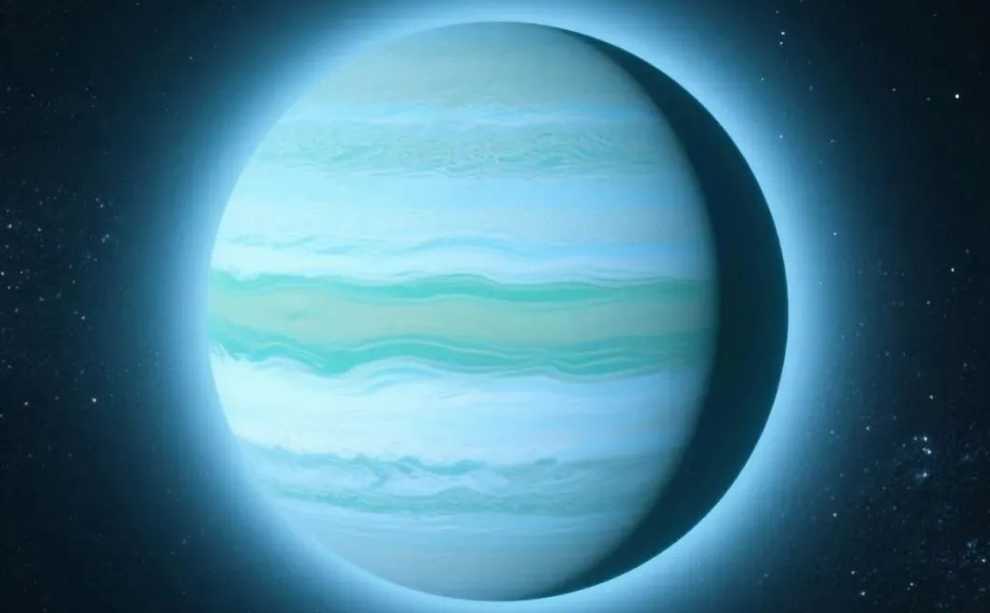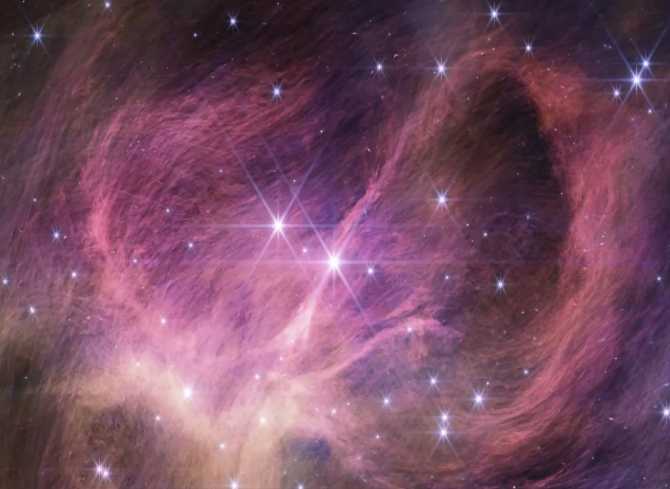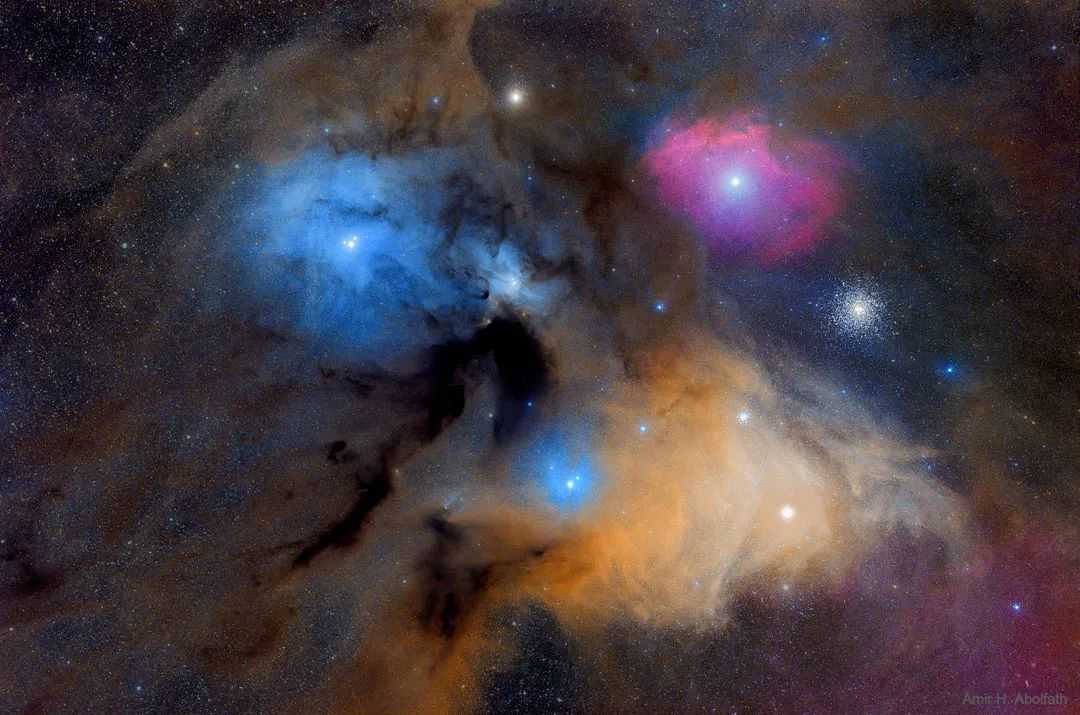Uranus: The Solar System's 'Laid - Back' Planet
Uranus, the seventh planet from the Sun, has earned the moniker "the solar system's 'laid - back' planet" due to its extraordinary orientation. Among the planets in our solar system, it stands out with a unique characteristic: its axis of rotation is tilted at an angle of approximately 98 degrees, almost parallel to its orbital plane. This means that, rather than spinning upright like most planets, Uranus appears to be "rolling" or "lying down" as it orbits the Sun.

Source: Images from the Internet, if there is any infringement, please contact the removal of
Positioned far from the Sun, at an average distance of about 2.87 billion kilometers, Uranus endures frigid conditions. With an average temperature of a bone - chilling - 224°C (-371°F), it holds the title of the coldest planet in the solar system, colder even than Neptune. Composed mainly of ice (water ice, methane ice, ammonia ice) and gas, it is classified as an ice giant. Its outer atmosphere consists mostly of hydrogen and helium, with a small amount of methane, which gives the planet its distinct blue - green color as methane absorbs red light. Beneath the atmosphere lies a mantle of hot, dense fluids made up of the ices, surrounding a possible rocky core.
Adding to Uranus' mysteries is its long year, which lasts about 84 Earth years, while its day is relatively short, approximately 17 hours. The extreme axial tilt also results in peculiar seasons. Each pole experiences about 42 years of continuous sunlight followed by 42 years of complete darkness. Uranus has a system of 13 faint rings and is accompanied by 27 known moons. Scientists believe that a massive collision early in the solar system's history might have caused Uranus' unusual axial tilt. As we continue to study this enigmatic planet, we hope to unlock more of its secrets and gain a deeper understanding of the complex processes that have shaped our solar system.
-------- END --------






